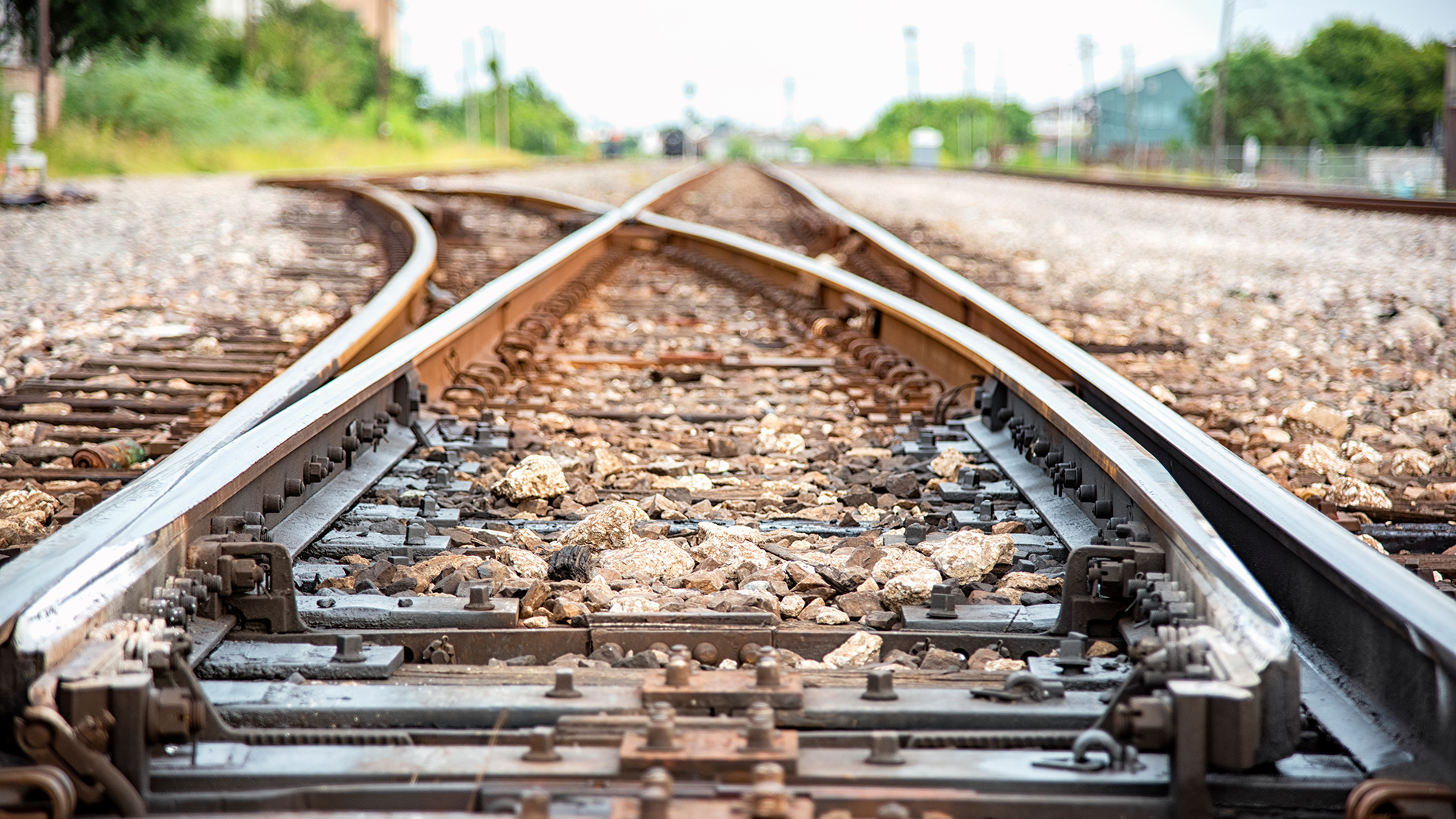-
The global steel sector is at a crossroads. Before 2030, 71% of existing coal-based blast furnaces (1090 Mt) will reach the end of their lifetimes and require major reinvestments.
Meanwhile, emerging economies with rising steel demand will require at least 170 Mt of new capacity. Meeting these needs with coal-based capacity will create long-term carbon lock-in and lead to stranded assets, endangering jobs and putting any pathway compatible with 1.5°C out of reach.
-
The global steel transformation needs to start in the 2020s. Key low-carbon technologies are ready and can be deployed now.
The project pipeline of green steelmaking capacity that will come online before 2030 is growing rapidly. 40 Mt of direct reduced iron (DRI) capacity is already planned and many operators have announced that they will switch to secondary steel production. Retroactive post-combustion CCS for coal-fired blast furnaces may be a dead-end road.
-
Aligning the steel sector with a 1.5°C compatible scenario needs to put the asset transition from coal to clean at its core.
The best strategy from now on is to avoid reinvestments into blast furnaces by prolonging life-times of old assets by 2-5 years and after 2025, invest into DRI directly. By 2030, the global steel sector would require 390 Mt of DRI capacity and 278 Mt of additional secondary steel capacity. This is feasible – and would save the atmosphere 1.3 GtCO2 per year.
-
A single-speed global steel transformation can bring enhanced international cooperation and a level playing field.
Steel is a globally traded commodity. The sector’s transformation will require international coop-eration. Meeting the asset transition targets would transition some 1.3 million existing jobs in the steel industry from coal-based to future-proof green jobs while creating 240,000 new green jobs in emerging economies.
Global steel at a crossroads
Why the global steel sector needs to invest in climate-neutral technologies in the 2020s

Preface
In November, world leaders will meet in Glasgow for the 26th UN Climate Change Conference (COP26). Their mission is to reach a consensus on how to increase climate ambition and accelerate the global energy transition in the 2020s. This means setting in place changes in technologies and infrastructure to secure significant emissions reductions before 2030 and enable further emissions cuts in the following decades. The global steel sector will play a vital role in this transformation.
The 2020s will be a crucial decade for the transformation of the global steel sector. Two key facts underline this. More than 70% of existing coal-fired blast furnaces – comprising 2.4 million jobs and around 2.2 Gt of carbon emissions – will reach the end of their lifetimes by 2030. At the same time, emerging economies are currently building new coal-based steelmaking capacity to meet rapidly rising steel demand.
If all these (re)investment decisions continue to rely on coal-based steelmaking technologies, the outcome will be long-term carbon lock-in. And “bailing out” coal-based assets by retroactively equipping them with CCS after 2030 is a highly risky bet.
Instead, the global steel sector must use the 2020s to invest massively in low-carbon steelmaking technologies such as direct reduced iron and electric arc furnaces. This paper examines the challenges of and options for steelmaking asset transformation in a variety of countries. It is the first in a series of Agora Industry publications on the global steel transformation.
Key findings
Bibliographical data
Downloads
-
pdf 2 MB
Global Steel at a Crossroads
Why the global steel sector needs to invest in climate-neutral technologies in the 2020s
